Nithya Rajapandian is a documentary filmmaker and photographer from Chennai, India. Nithya’s photography portfolio includes both stunning landscapes, and creative and conceptual portraiture. Her work blends themes of beauty, both in people and nature, to draw the connection between humans and the natural world around us.
Q: Nithya, do you recall your first experience with a camera? What was it like?
A: Yes and no, I don’t exactly remember the first time I used a camera but I do vividly remember the experience of using a Canon film camera, in my childhood, while traveling with my parents. I was in awe to see through the viewfinder and be able to view a wider landscape. I loved how the camera allowed me to capture a scene, and action, in a single frame. It was a thrill, even back then, to be using a wide-angle camera and have to be cautious of the limited number of shots (36) that was possible on a single film roll. The excitement continued even after returning from the trip, to develop the film and get them printed—unlike the present digital world where the entire process is almost instant. I feel these experiences have greatly shaped my current body of work.
Q: Your photography often focuses on the beauty found in nature, why is this an important theme for you?
A: Again, I was introduced to traveling from an early age. The liking or inclination towards capturing the natural world was not something that I had to work hard to seek. It was very natural and innate; it developed through the years without having to be artificially infused or having a game plan to go about it. It was more of a slow burn.
Documenting the places that I traveled to through photographs challenged the perspective about the way in which I saw the world around us. I started reading about the landscapes, geography, people, and culture, which altered the way that I was perceiving them. Also, the fact that the natural world and natural light is endless, at no point you feel like you have got enough out of it. I believe all of this reflects in the themes that I portray in my visuals.
Q: You recently created a photo series representing the Earth’s natural elements. What kind of concepts were you trying to address within this shoot?
A: The In My Elements photo narrative was an attempt to catalog the interconnectedness of the natural world through its elemental forces—Water, Fire, Earth, Space, and Air, with the human mind, body, and soul. This past year was full of challenges and opportunities for the human race. When our lives took a pause, we realized, reflected, and journeyed within. We understood the importance of being one with nature, to surrender and become a part of it. We developed a profound sense of appreciation for the natural world when we were able to walk the Earth, free and loved, once again. I felt that now more than ever it’s a relevant and important time to conceptualize the thought.
Q: The In My Elements series features a number of conceptual portraits, drawing connections between sensuality, personal identity, and the natural world around us. What kind of parallels were you trying to achieve between humans and the elements?
A: Making this narrative was a wholesome experience of journeying within to seek the natural world inside of us through the five human senses, and establishing various ways in which they are interconnected with the five natural elements. In a way, to say that we humans are intertwined with nature in more ways than realize.
To establish the relationship of humans with the elements, we chose to keep the frame as monochromatic as possible—from the choice of wardrobe to the locations, time, and weather. We had to blend the model in with the environment in every aspect, and pay very keen attention to detail to enunciate the idea of oneness.
The whole series was shot completely with natural light to give the feeling of being one with the natural world. We also shot most of the series with a 35mm lens, which is a very close focal length of the human eye, to give that sense of witnessing it at a closer distance for the viewer and wide enough to capture the environment. These requisites of shooting in an uncontrolled environment, with a limited time window of shooting to capture specific weather and time of the day to get the tone of the light right, was challenging yet satisfying.
I remember reading how the human race is meant to be nomads in the natural world and not be prisoned in by their own walls. The thought of incorporating this in the series led us to add in a lot of flow and movement in the frame, to signify that body, mind, and soul are meant to keep flowing as water and air do, and keep seeking the greater purpose.
To add more intricate and subtle layers to the narrative, we pushed ourselves to try technically challenging aspects of photography like using multiple exposures to get the model to embody the five elements in a single frame and single outtake, long exposure for shots involving pyrotechnics as a symbolism of setting your soul on fire, shutter drag to visualize movement, and levitation to signify the flow and the trance-like experiences of life.
Q: Do you feel photography is an effective medium for bringing awareness to social and environmental issues? If so why?
A: Totally. Visual art forms have been a major influence on people’s lives and decisions since art began, well before visual imagery techniques like photography came into the picture, along with the development of science and technology. Since then, artists and photojournalists have contributed to impeccable changes to society, through depicting the socio-cultural, political landscapes, and seeking conservational measures for the natural world by bringing to light its untold dimensions in their work.
Sebastiao Salgado, a world-renowned photojournalist, spent eight years traveling across 32 countries, including some of the most remote and pristine parts of the world, to come up with Genesis, a photo book narrative that has black and white photographs of landscapes, indigenous tribes, culture, traditions, flora, and fauna. Personally, looking at such striking visual imagery was by itself an emotional experience, witnessing a sense of the destruction of our natural world that is happening at a rapid pace, where anthropogenic stressors are the major contributors.
Chris Burkard, Renan Ozturk, Paul Nicklen, and Taylor Rees are some of the photographers whose works majorly focus on environmental conservational measures. These are the people who keep me inspired, those that I look up to, and a major reason why I believe that photojournalism has its very own ways of permeating changes across a wider spectrum of society.
Q: I know you strive to be as eco-conscious as possible in producing your photography. What are some challenges in trying to minimize your ecological footprint as a photographer?
A: The major challenge is to travel green. It gets difficult when you must travel with the amount of gear and luggage that is needed for travel and landscape photography. From small choices of carrying reusable water bottles, straws, and cups to ethical buys from eco-conscious brands for travel gear, I have been trying to work my way around these aspects. I must say it is a thing that I’m getting better with, with each of my travels.
Purchasing carbon offsets is something that I have been looking at recently to offset my flight travel footprint. As for the electronics, I try to limit the purchase of gear to only when it becomes unavoidable. At other times, I try to rent out the equipment that is required for the shoot.
Another major challenge comes when printing the photographs. I love the printing aspect of photography. As much as it is a satisfying process, it also contributes to ecological footprint. I work with printers who give eco-friendly paper options for printing and eco-friendly choices for packing.
For the unavoidable ecological footprint that photography makes, I believe offset is the only approach. I try to plant more trees, use eco-friendly and organic products as much as possible, and be a part of communities that are contributing to building a clean and healthy environment.
Q: For many photographers, sourcing clients and shooting commercial photography is a constant hustle. What tips do you have for those looking to start out in the industry?
A: This is a very important aspect to talk about, because the balance between sourcing the right/relevant clients and achieving creative satiation in the projects is still a struggle for me personally. In India, though the situation is changing, there are still a lot of stereotypes about documenting landscapes and the natural world in a commercial way. There are not many brands that hire photographers and filmmakers to document the landscapes or create stunning outdoor fashion campaigns.
The main paid commercial photography opportunities in India are for weddings, maternity, and the mainstream film industry, which as a personal choice, I refrain from doing as it is not my niche. It is extremely difficult to get the required support or opportunities to be an independent documentary filmmaker, and making a career out of it, as it is not considered mainstream here. Taking it up as a profession, and making a living, is very challenging, especially as a woman photographer and filmmaker. It is hard to believe that we are still fighting against such stereotypes, but yes, we are.
In a challenging and saturated industry, where your talent is evaluated mostly by your social media presence, and how well you follow the trend that is going on in the world, it is extremely difficult to land a project that suits your body of work. Expecting immediate results is what most of us generally do, but this industry does not work that way. It requires a lot of patience, staying true to your beliefs, doing what you love to do, finding your identity and aesthetic, and getting hired for the same. It is challenging, but I believe that one can stay strong in these not-so-easy climates. To be a photographer or a filmmaker, you need to stick to what’s true to you—conceptualizing and working on themes that define you as an individual. This is a gradual process but will reflect greatly on the work that you are doing, down the line.
Q: Many brands today are trying to incorporate awareness of social issues within their advertising. How do you feel this is shifting the direction of the commercial photography industry?
A: This is a positive shift that is happening on a larger scale, and I am all for it. More than the creative challenge it is for the producers, the impact that it creates on the brand’s customers is shaping the direction of consumerism. It creates a deeper sense of connection with their customers, where they can relate in an emotional way with their purchases.
Looking back at the days when commercial photography had a stereotypical and monotonous path, to the way it is now breaking its own stereotypes with casting models from varied ethnicities, races, and sizes within their ads, choosing socially sensitive topics like gender identity, racism, or sexual orientations, we have come a very long way. The fashion industry is taking that leap of not only focusing on the marketing aspects, but also producing clothing that fits all kinds of body types, becoming more gender-neutral and incorporating environmentally friendly fabric and dyes in the making. It is a refreshing and socially relevant change, and I definitely see it as a good sign of things to come.
Q: You’re currently working on an upcoming documentary titled Lifeline of a resilient future: THE BRAHMAPUTRA—can you tell us a bit about the project?
A: It is a voice of, and for, indigenous tribal communities, nestled in the Brahmaputra river basin facing three major interconnected existential crises—indigenous rice landraces, cultural genocide, and the drowning Majuli riverine island that is about to foray in the next 15 to 20 years.
We are documenting the physical and cultural landscape of Majuli, Ziro, and Khonoma, the lifestyle of the indigenous communities like ApaTani, Angami, Mishing, and Idu Mishmi—settled along the river basin to establish how climate change influences geology, Agroforestry, biodiversity, and ethnoecology.
Our story is here to say that one of the ways towards saving these crucial extinctions lies within indigenous knowledge and culture, and we need to join hands with the scientific community to integrate it with cutting-edge science for creating simple and complex solutions to these devastating issues. We will address how and why the lives of 5% of the global population, who help in protecting 80% of global biodiversity, matter.
Q: Why do you feel the subject of this documentary is such an important story to tell?
A: It is about time that this scene is brought to light, and with the limited time frame of 15 to 20 years before we lose the world’s largest riverine island—Majuli. The Brahmaputra river is facing critical threats of extinction, and urgently requires the application of management strategies for their immediate protection and long-term conservation. Highlighting how close we are to three major extinctions, and the fact that there are very few conservation measures that this global biodiversity hotspot and riverine ecosystem receives, this film will aim to address the existential crisis.
The Brahmaputra river basin is still at its very nascent stages of exploration for conservation measures. The fact that there is still no proper documentation of the wild places of this global biodiversity hotspot, would make it more interesting to witness the physical and cultural landscape unfold, the indigenous tribal lifestyle, and their centuries-old traditions and practices. Their story of survival would be a potential inspiration for many tribal communities globally.
Not on 500px yet? Click here to learn about Licensing with 500px.

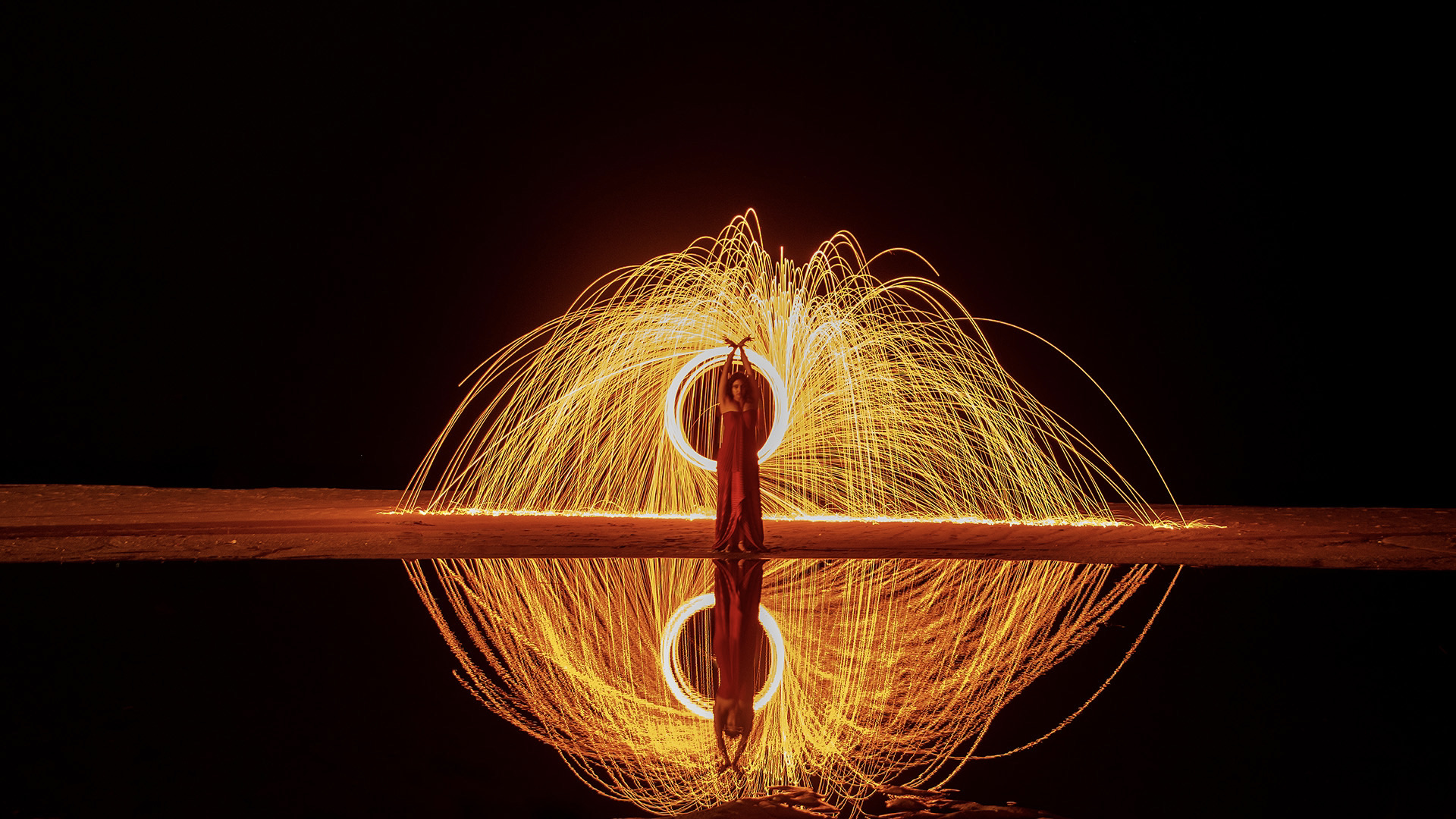
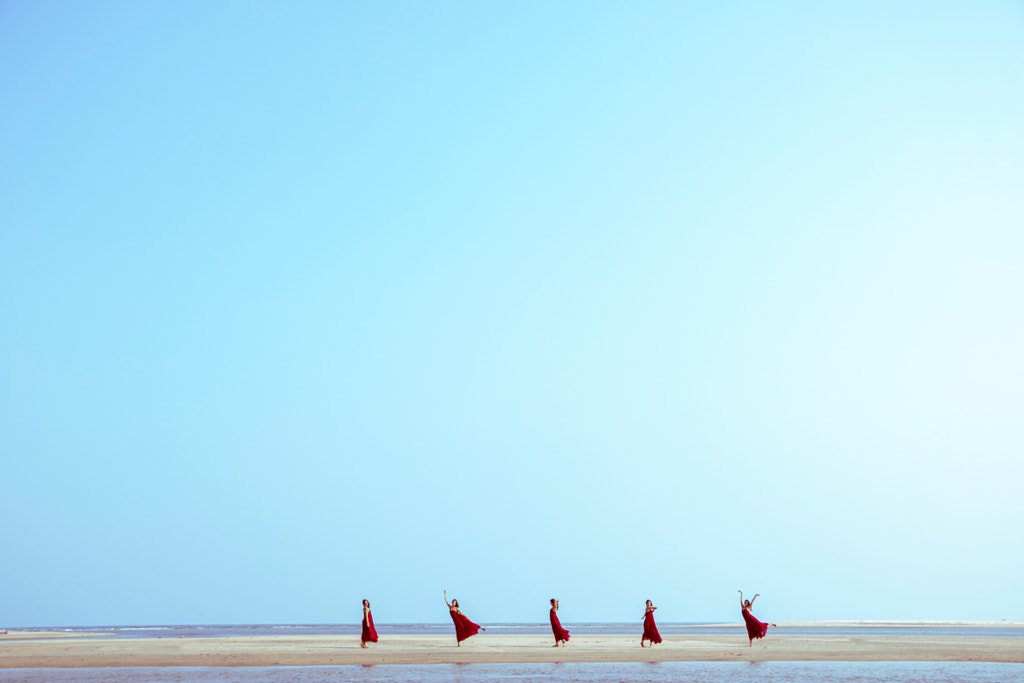


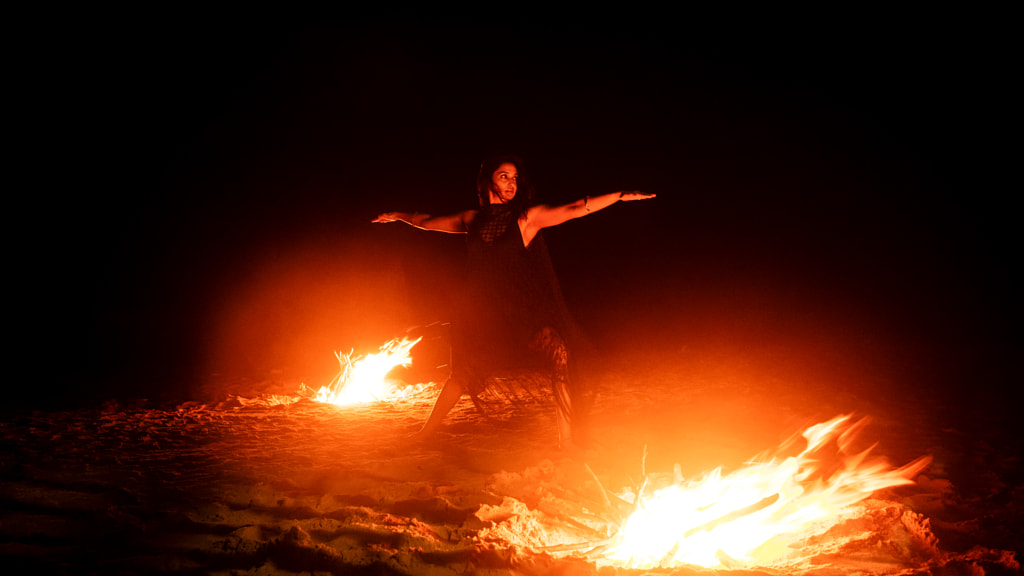
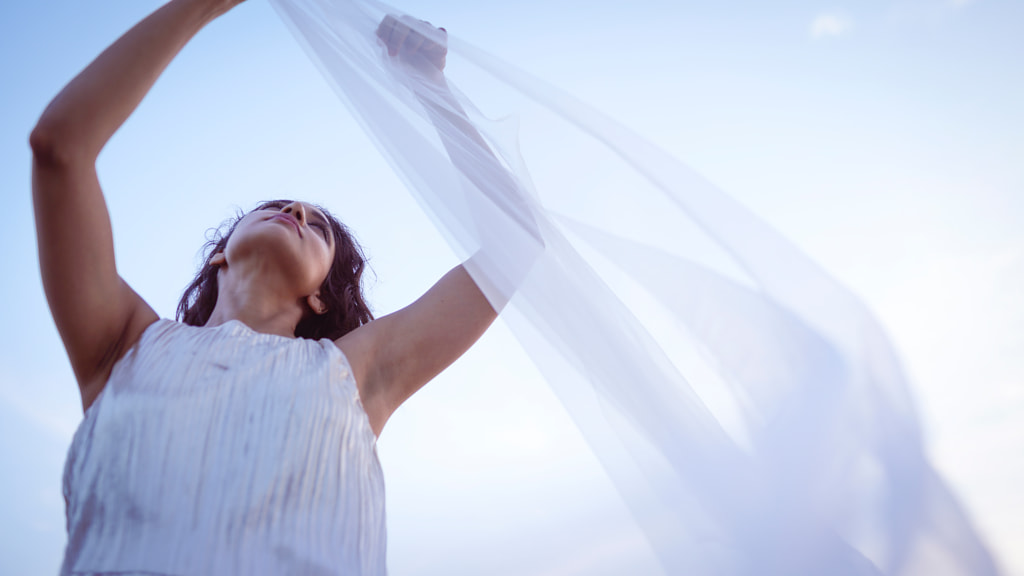


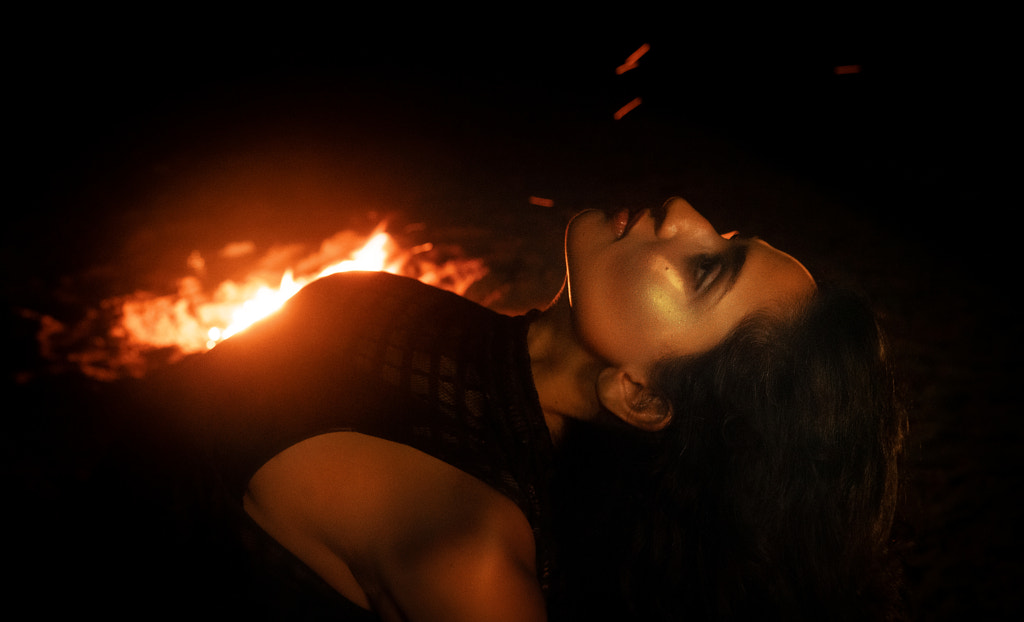
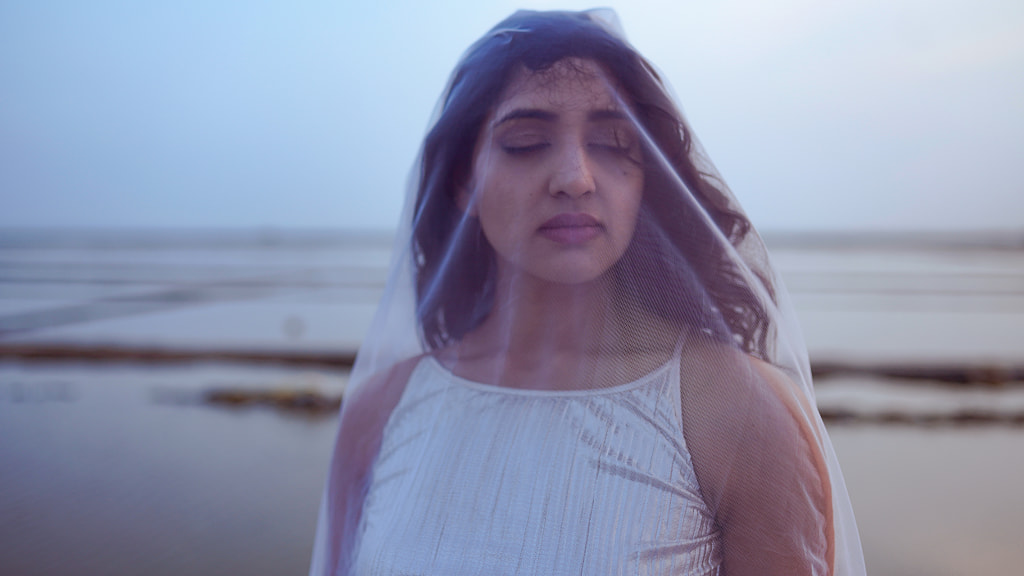
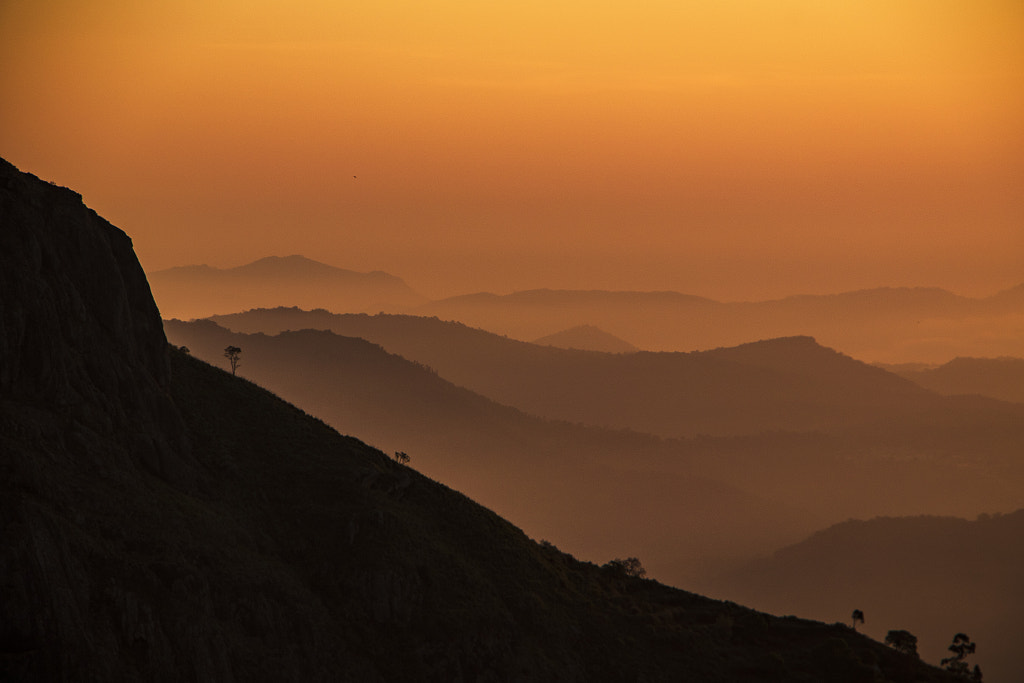
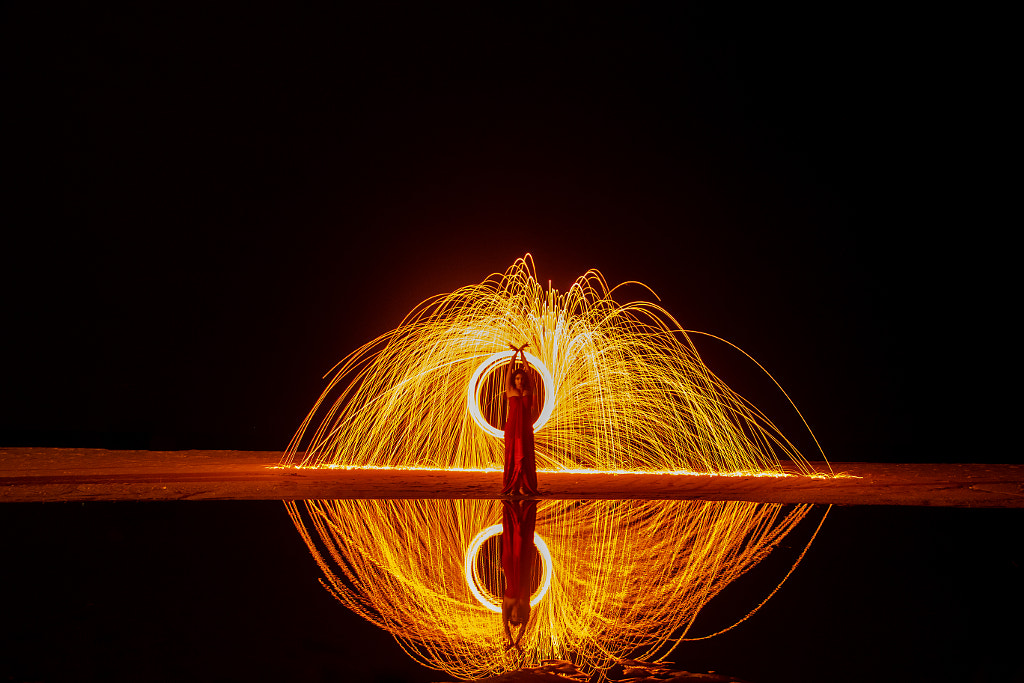
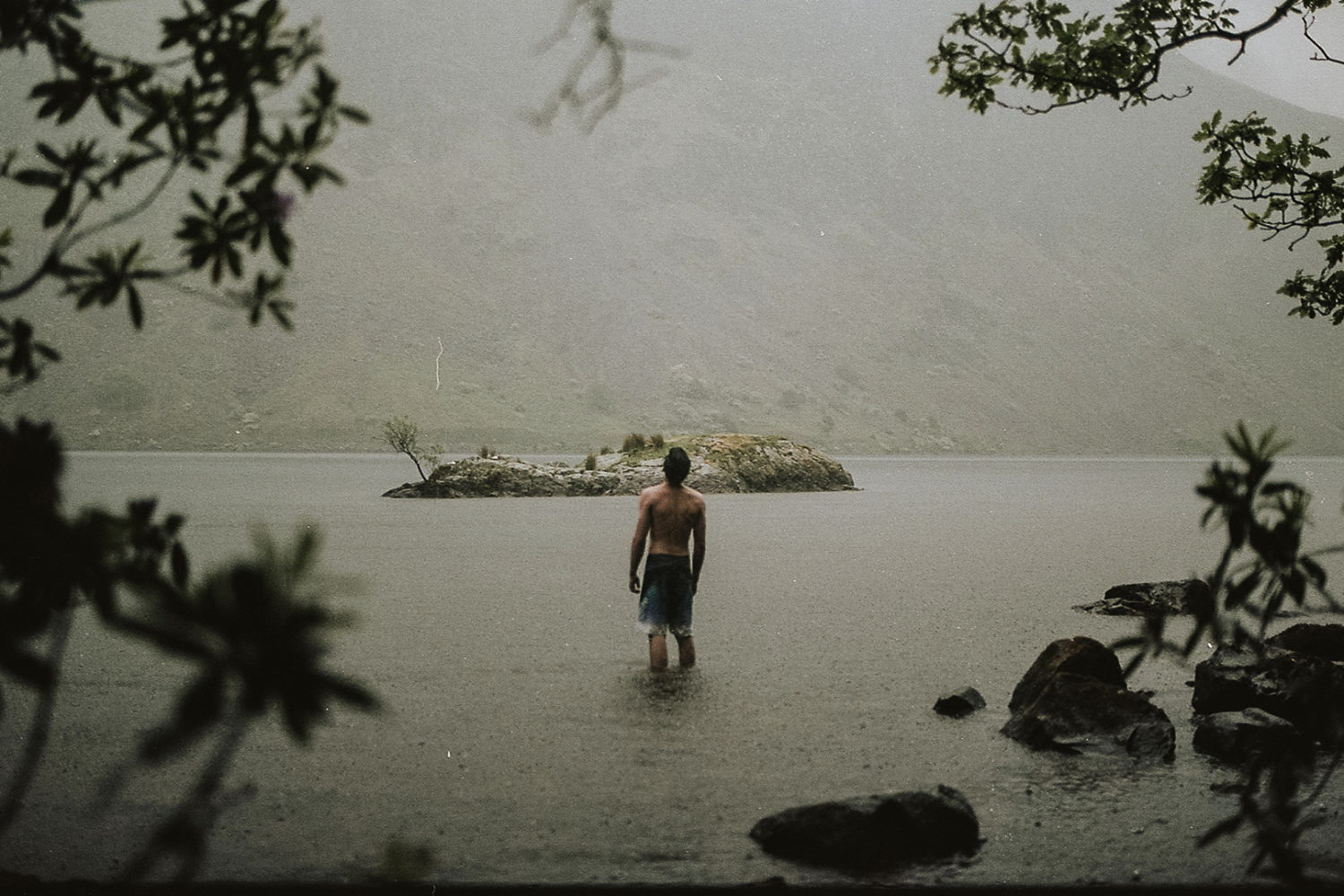

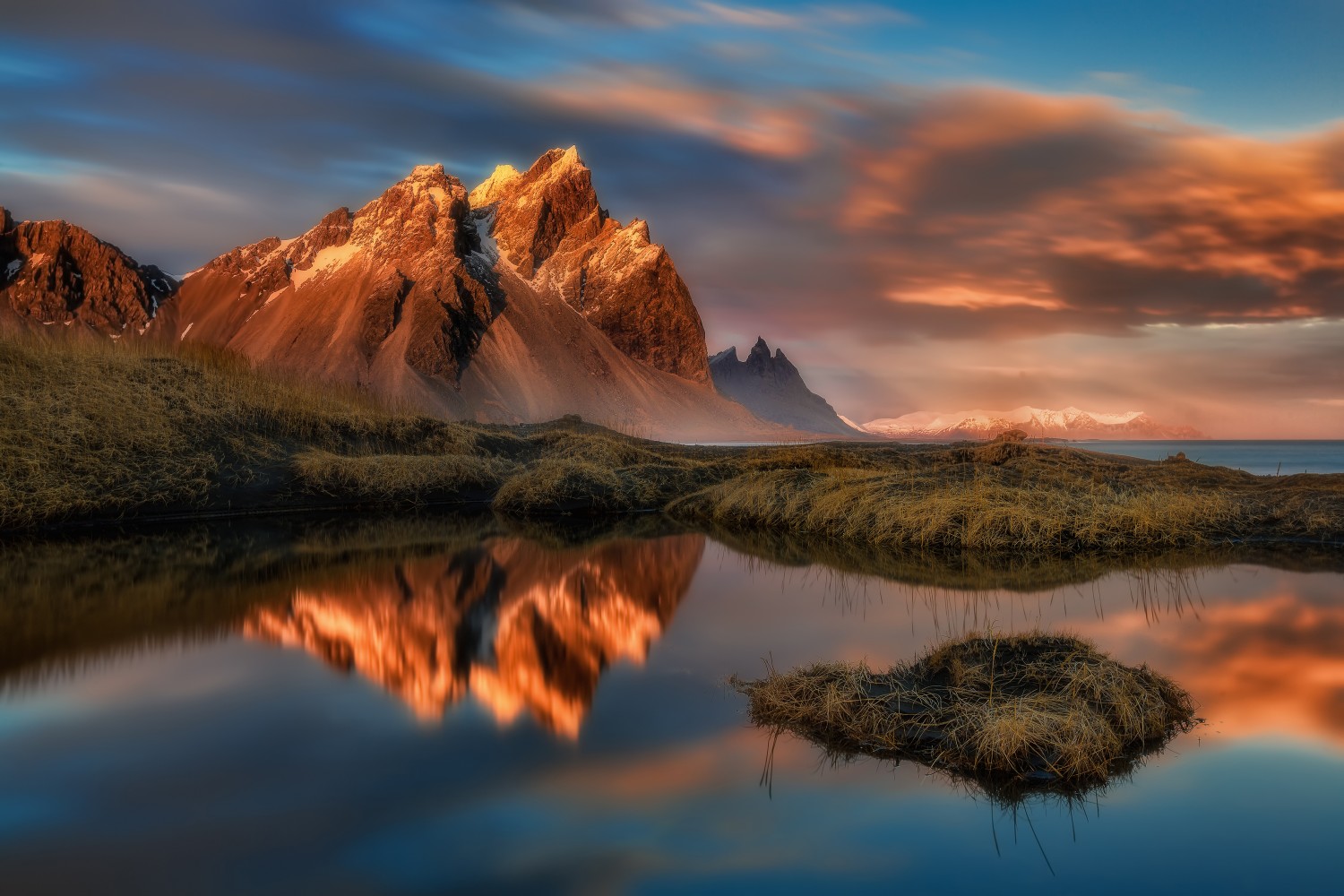
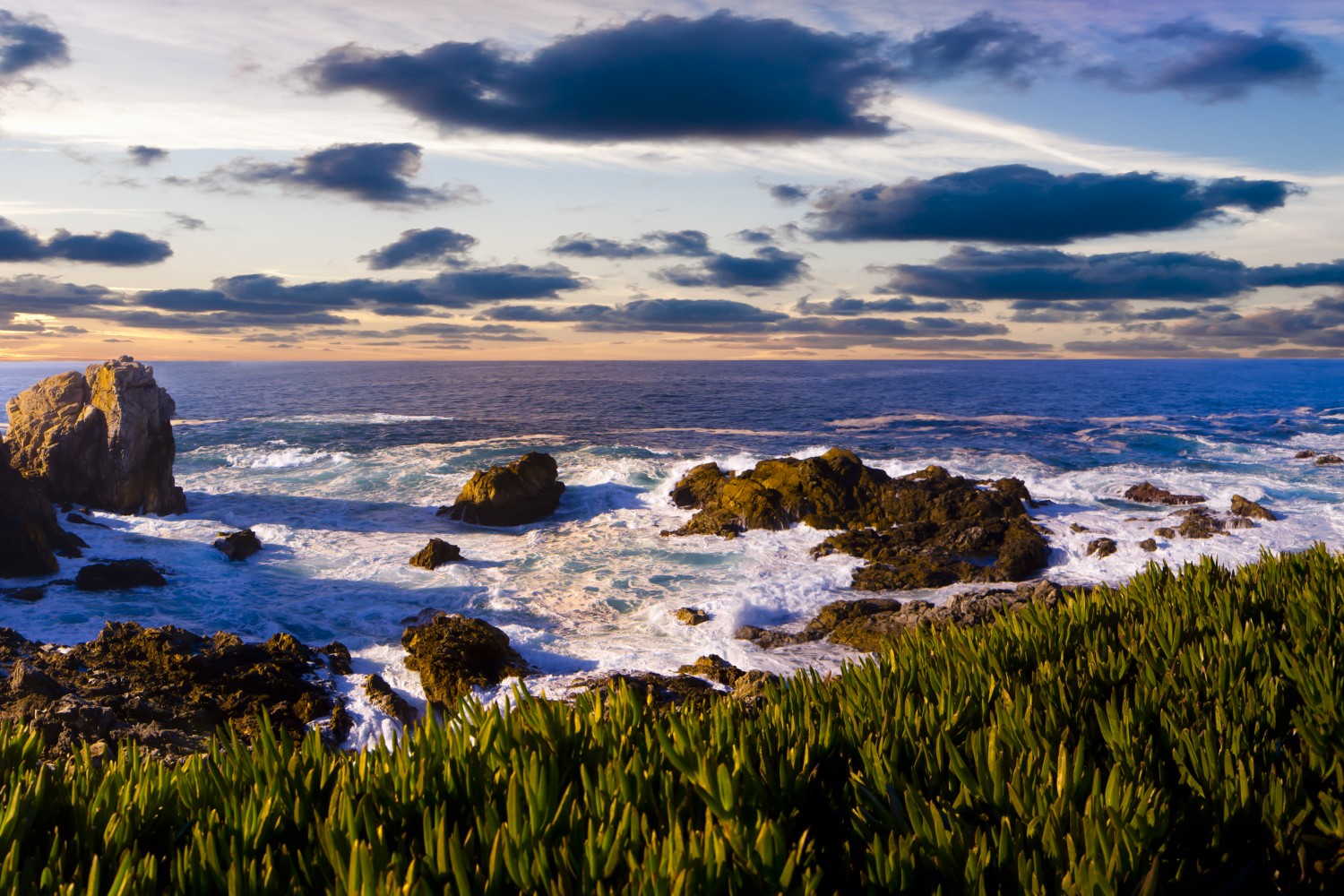
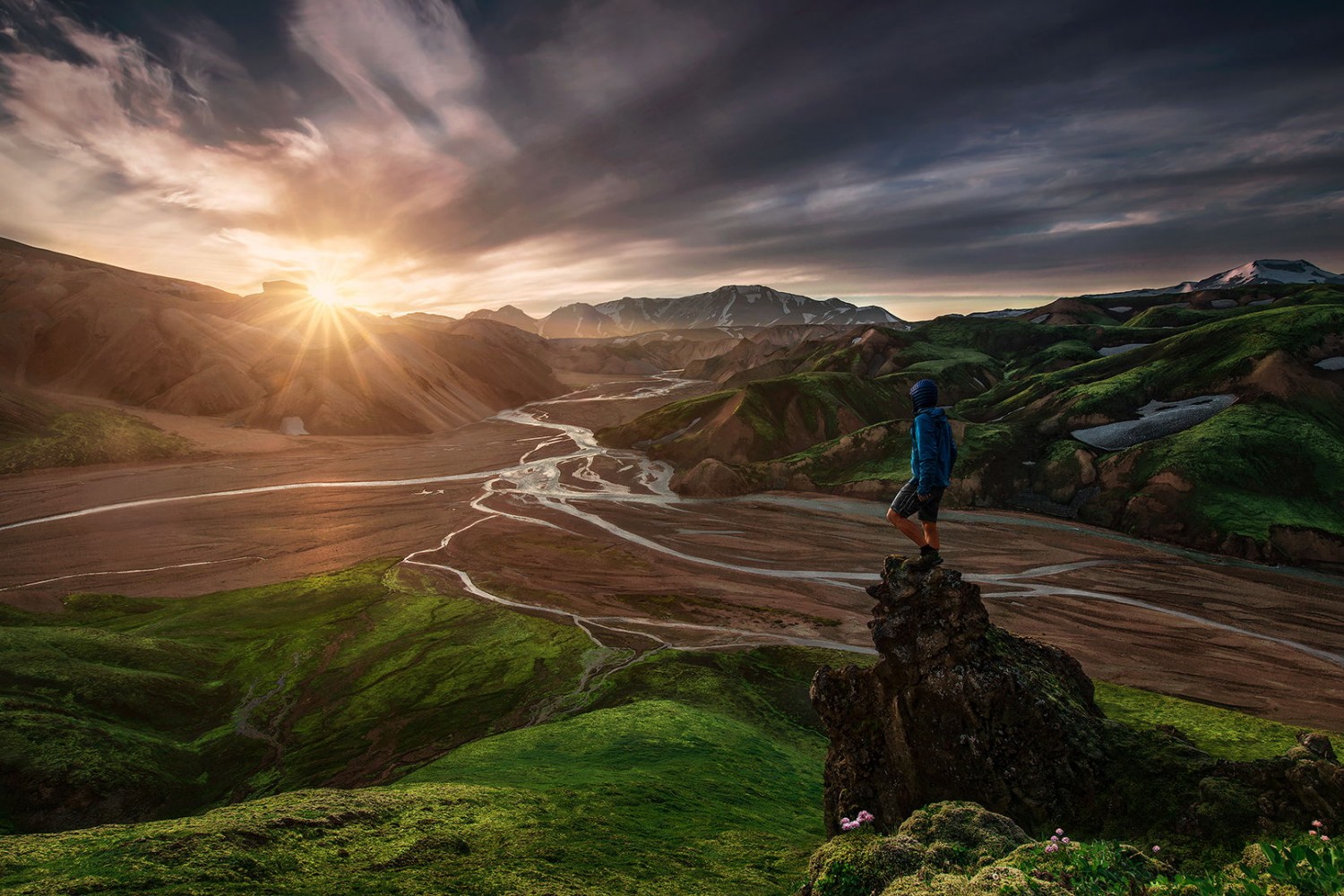
Leave a reply